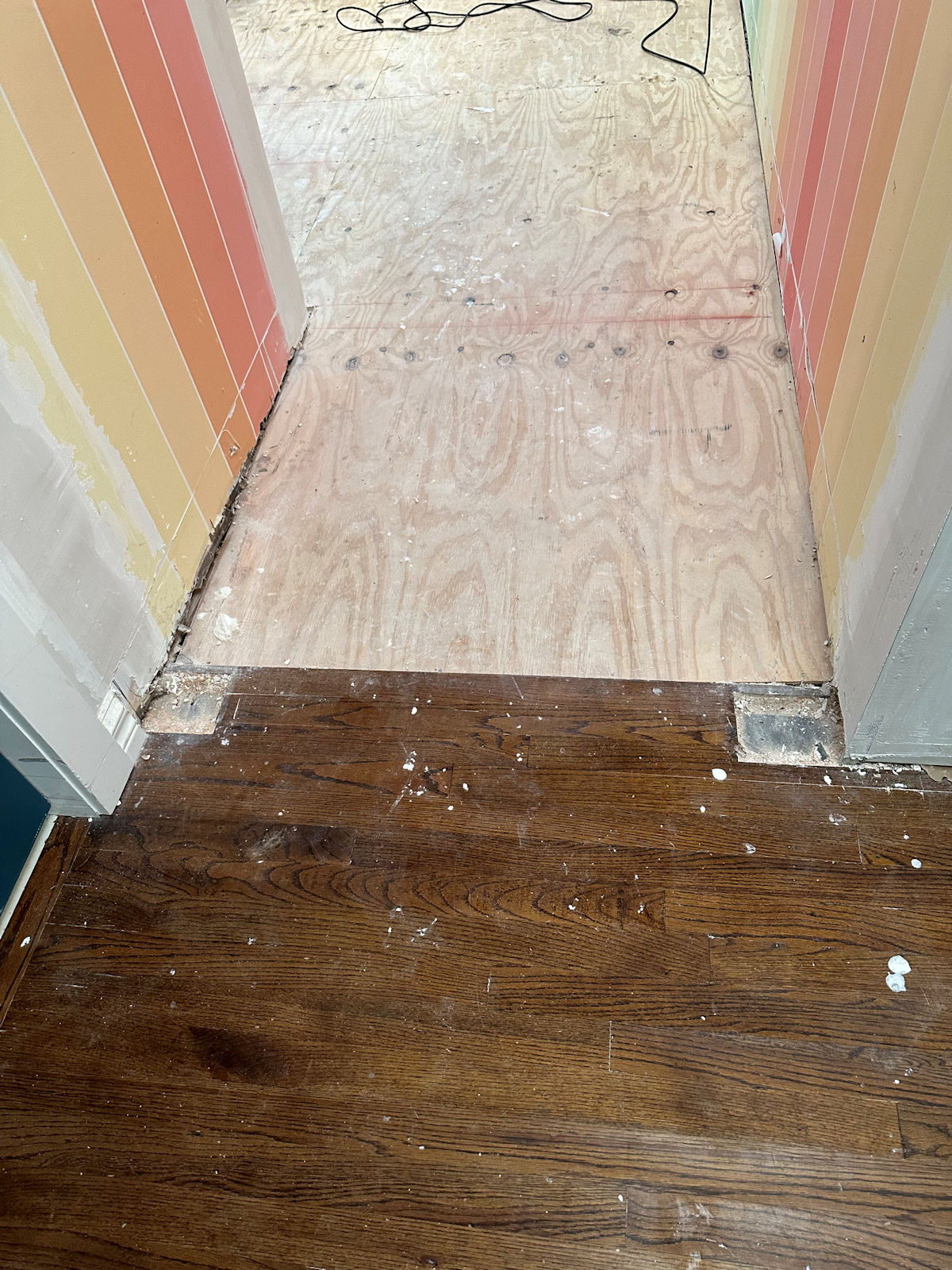
 The Republic of Benin is a nation in West Africa that is bordered by Togo, Nigeria, Burkina Faso and Niger and has a coast on the Atlantic Ocean.
The Republic of Benin is a nation in West Africa that is bordered by Togo, Nigeria, Burkina Faso and Niger and has a coast on the Atlantic Ocean.
The nation covers 44,310 square miles (114,763 square kilometers) and has a population of about 13 million. The area was known as the slave coast of Africa because of the high number of enslaved people who passed through the country on the way to North America.
Benin Basics
It was a French colony that became the Republic of Dahomey in 1958 and was fully independent in 1960. The name was changed to the People’s Republic of Benin after a coup in 1975, and became the Republic of Benin in 1991.
The capital of Benin is Porto-Novo, and the largest city is Cotonou, which is where the seat of government is while Porto-Novo is the constitutional capital. The official language is French but many other languages are spoken there as well. Most people in the country live near the coast.
The economy is dependent on agriculture and it exports cotton and palm oil.
The name Benin comes from the Bight (or Bay) of Benin, which is the name for the water that borders the country. The name Benin in turn comes from the Kingdom of Benin, which was actually located in what is now Nigeria and has no connection to the nation of Benin itself.
Benin National Symbols
The Benin flag has a wide vertical green stripe on the left side and the rest of the flag is divided into two horizontal stripes, one yellow and one red. It was used from 1959 until the coup and was re-adopted in 1990.
The colors of the flag and their meanings are noted in the national anthem, with green representing hope, red for the courage of ancestors and yellow for the treasures of the nation.
The anthem, “L’Aube Nouvelle” or “The Dawn of a New Day,” was established in 1960, though the name of the country was changed in the song in 1975.
The leopard is also considered a national symbol of Benin, and two leopards are found on the nation’s coat of arms.
Benin Activities for Kids
It is difficult to find information for kids about the nation of Benin because when you search you often find things about the Kingdom of Benin instead as if they are the same place.
National Geographic Kids has a great page with facts about leopards for kids, and you can find some leopard coloring pages at I Heart Crafty Things.
Older students can research the slave trade that took place in Benin and learn about the Door of No Return, a memorial arch that is part of the Slave Route trail in Benin.
A popular snack in Benin and other countries in West Africa is kuli-kuli, which is made out of peanuts. Learn more about the cuisine of Benin and get a recipe for kuli-kuli here. There’s another recipe as well as one for Dahomey fish stew in this post from Eat This NY.











